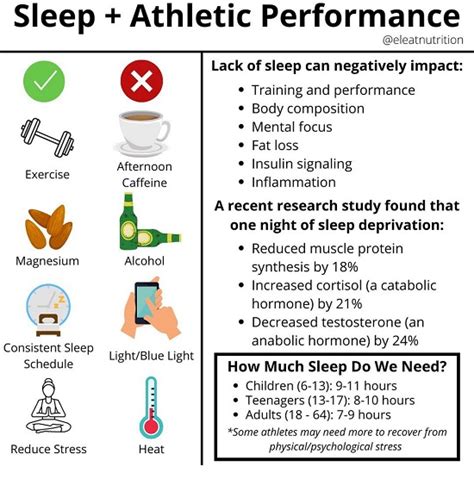How to optimize strength training for peak male performance & lean muscle gains?

Unlocking Peak Male Performance and Lean Muscle
For men aiming to maximize their physical potential, strength training is the cornerstone of success. It’s not just about lifting heavy; it’s about intelligent programming, meticulous nutrition, and disciplined recovery. This guide will walk you through the essential principles to optimize your strength training for both impressive lean muscle gains and unparalleled physical performance.
The Foundation: Progressive Overload & Compound Movements
At the heart of all effective strength training lies progressive overload – the gradual increase of stress placed on the musculoskeletal system. This could mean lifting heavier weights, performing more repetitions, increasing training volume, or reducing rest times. Without consistently challenging your muscles, adaptation ceases, and gains stagnate.
Equally crucial are compound movements. These exercises engage multiple joints and muscle groups simultaneously, making them incredibly efficient for building overall strength and mass. Focus your programming around staples like squats, deadlifts, bench presses, overhead presses, and rows. These movements stimulate a greater anabolic response and translate directly to improved real-world strength.

Smart Programming: Frequency, Volume & Periodization
Optimizing your training frequency and volume is key. For most men, training each major muscle group 2-3 times per week, with adequate rest between sessions, strikes an optimal balance for growth and recovery. Volume (sets x reps x weight) should be sufficient to stimulate growth but not so excessive that it impairs recovery or leads to overtraining.
Incorporating periodization into your routine can prevent plateaus and maximize long-term gains. This involves systematically varying training variables over time. For example, you might cycle between phases of high volume/moderate intensity, low volume/high intensity, and active recovery. This strategic variation keeps your body adapting and allows for peak performance at specific times.

Fueling Gains: Nutrition for Performance & Muscle Growth
Your diet is as important as your workouts. To build lean muscle and support peak performance, prioritize a caloric intake that slightly exceeds your maintenance needs (a clean bulk). Focus on high-quality protein sources (lean meats, poultry, fish, eggs, dairy, legumes) to provide the amino acids necessary for muscle repair and growth, aiming for 1.6-2.2 grams per kilogram of body weight.
Carbohydrates are your primary energy source for intense training, so consume complex carbs (oats, brown rice, sweet potatoes, whole grains) to fuel your workouts and replenish glycogen stores. Healthy fats (avocado, nuts, seeds, olive oil) are vital for hormone production and overall health. Don’t forget micronutrients from a wide variety of fruits and vegetables, and stay adequately hydrated.

The Crucial Element: Recovery & Sleep
Muscle growth doesn’t happen in the gym; it happens during recovery. Adequate sleep (7-9 hours per night) is non-negotiable, as it’s when most anabolic hormones are released and muscle repair takes place. Prioritize quality sleep by establishing a consistent sleep schedule and optimizing your sleep environment.
Active recovery, such as light cardio, stretching, or foam rolling, can help improve blood flow and reduce muscle soreness. Incorporate regular rest days into your schedule to allow your central nervous system and muscles to fully recuperate. Managing stress through mindfulness or hobbies also plays a significant role in overall recovery and hormonal balance.

Advanced Strategies & Mindset
Once you’ve mastered the basics, consider integrating advanced techniques such as drop sets, supersets, tempo training, or deload weeks to further stimulate adaptation. However, these should complement, not replace, fundamental principles. The mind-muscle connection, focusing on contracting the target muscle throughout the movement, can also enhance activation and growth.
Finally, consistency and mental fortitude are paramount. There will be days you don’t feel like training or weeks where progress feels slow. Trust the process, stay disciplined with your training and nutrition, and maintain a positive, growth-oriented mindset. Peak performance and lean muscle gains are the result of persistent, intelligent effort over time.
![[100+] Funny Old Man Pictures | Wallpapers.com](/images/aHR0cHM6Ly90czEubW0uYmluZy5uZXQvdGg/aWQ9T0lQLkhINzVrUnp4aGQ2UlNUaEFsVmRpTVFIYUxIJnBpZD0xNS4x.webp)
Conclusion
Optimizing strength training for peak male performance and lean muscle gains is a holistic endeavor. By consistently applying progressive overload with compound movements, intelligently programming your training, fueling your body with proper nutrition, prioritizing recovery, and cultivating a resilient mindset, you will unlock your true physical potential and build the impressive physique and strength you desire. Stay committed, stay smart, and enjoy the journey to your strongest self.








